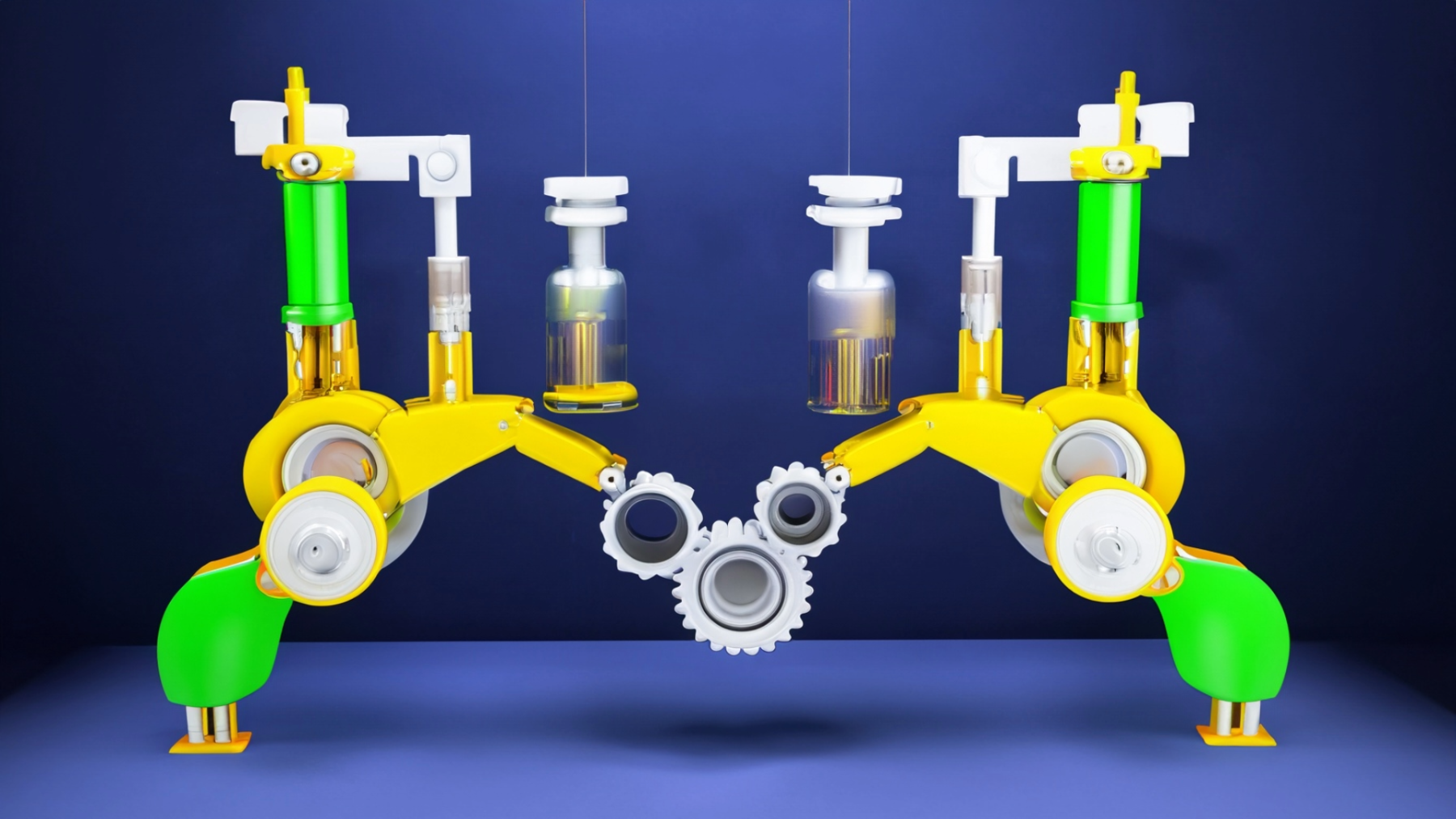
Exploring Simple Machines
by Tiffany Abney
Students will understand the concept of levers as simple machines and will identify and classify everyday objects as levers. Students will apply basic mathematical concepts to measure and compare the effectiveness of different levers.
Lesson Grade Level
2nd GradeLesson Plan Link/URL
https://docs.google.com/presentation/d/1pXg-AlLvTvKM30pE4IW-XrXcYf1FAgARzsoaDGx…Subject Area
Science Physical Science P2: Objects at a Distance Technology 4. Innovative Designer 5. Computational Thinker Engineering S1: Engineering & Global Society S2: Apply the Engineering Design Process S3: Apply Mathematics to Engineering S4: Apply Science to Engineering Mathematics Measurement and Data (MD) Geometry (G) English Language Arts (ELA) Reading (Literature)Related Content

Grades:
7th Grade, 8th Grade, 9th Grade, 10th Grade, 11th Grade, 12th Grade
Students will apply principles of design, engineering, and mathematics to create a physical or digital labyrinth inspired by the myth of Theseus. This project integrates STEM concepts with literature

Grades:
6th Grade, 7th Grade, 8th Grade
This lesson is part 1 of 2. This lesson is set up to have students explore the friction bridge designed by Leonardo Da Vinci. Students first discover the inventor and become familiar with his life

Featured
A Shocking Dystopia: STEM Adventures in The City of Ember Part 3 of 4: A Problem in the Greenhouse
Grades:
4th Grade
This lesson is PART 3 of a four-lesson unit, which focuses on futures thinking, the phenomenon of electricity, closed-system agriculture, and water as a renewable energy resource. “The City of Ember”